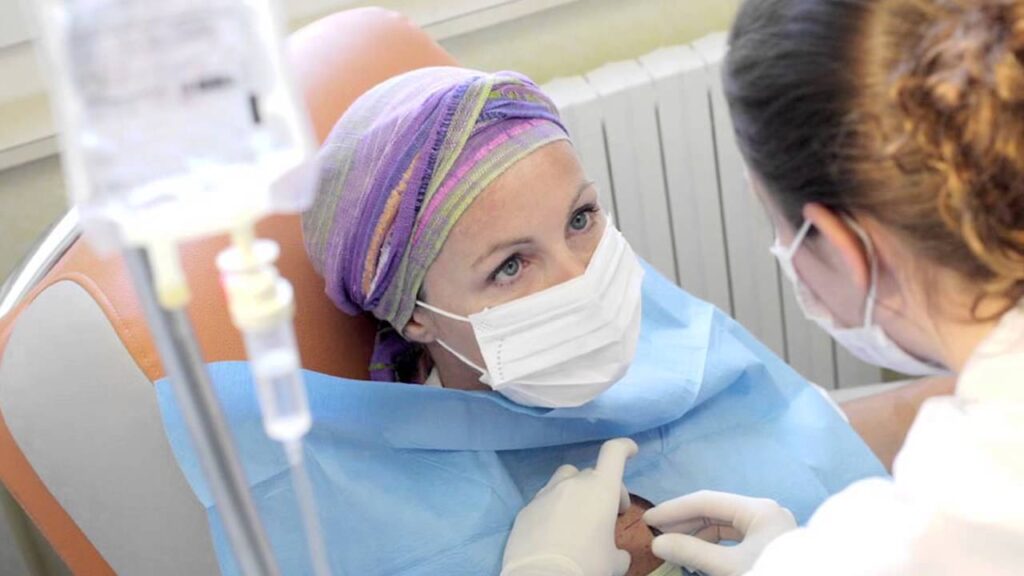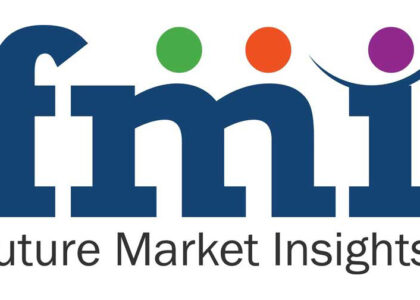
The chemotherapy-induced myelosuppression treatments market size is expected to develop from its present size of US$ 8.06 billion in 2022 to US$ 9.78 billion by 2028, at a 4.6% cumulative yearly growth rate (CAGR).
A new study by FMI reveals that the chemotherapy-induced myelosuppression treatment market is expected to grow at a subdued 3% y-o-y in 2019. Valued at nearly US$ 7 billion in 2018, gains are likely to be driven by a combination of multipronged factors, including,
- Development of natural product interventions for chemotherapy-induced side effects
- Growing implementation of radiation treatment in cancer treatment owing to the associated high success rate of chemotherapy
- Growing R&D investments in cancer research
The FMI study reveals that erythropoietin-stimulating agents (ESA) also accounted for a significant market share, with revenues likely to grow at 2.8% in 2019. In April 2017, FDA announced the removal of risk evaluation and mitigation strategy (REMS) requirement for the use of ESA drugs in myelosuppression treatment. The ESAs used in the treatment of radiation-induced myelosuppression treatment are epoetin alfa and darbepoetin alfa. This has led healthcare professionals to engage in the practice of discussing benefits as well as risks of treatments that include ESAs before initiating the use.
Get a Sample Copy of the Report:
https://www.futuremarketinsights.com/reports/sample/rep-gb-1364
Hematopoietic growth factors have transformed the practice of cancer treatment by allowing stimulation of production of specific cells. With this, use of thrombopoietin receptor agonists is expected to rise rapidly at the rate of 3.5% in 2019.
Injectable Drugs Present Higher Therapeutic Availability over Orals
The FMI study finds that injectable drugs accounted for over 97% of the chemotherapy-induced myelosuppression treatment market revenues in 2018. The status-quo will continue in the future, however, the oral route of administration is expected to garner increasing annual revenues and expected to grow at 4.8% in 2019 over 2018.
Increasing number of research validations related to the benefits of the oral route of administration can be attributed to the higher growth rate of the segment in the future. However, revenues from the injectable route of the administration continue to grow steadily on the back of their higher therapeutic availability over orally administered drugs.
Market Revenues Consolidated in Neutropenia Treatment
According to the study, chemotherapy-induced myelosuppression treatment market revenues heavily consolidated in the neutropenia treatment. In 2018, neutropenia indication accounted for over 62% of market revenues. As neutropenia is one of the most common side effects of chemotherapy wherein prolongation of the same can lead to life-threatening infections. Owing to the severity of the implications, chemotherapy-induced myelosuppression therapeutics are heavily used in the treatment of neutropenia.
Anemia and thrombocytopenia indications also utilize chemotherapy-induced myelosuppression treatment therapeutics. The study finds that revenues in the thrombocytopenia treatment will grow at 3.7% y-o-y in 2019.
Retail Pharmacies Most Prominent Sales Channel
The study opines that chemotherapy-induced myelosuppression treatment therapeutics sales remain higher through retail pharmacies. Suppliers of these therapeutics have extensive distribution network with international retail pharmacies. Due to this, retail pharmacies accounted for over 48% of the chemotherapy-induced myelosuppression treatment market revenues in 2018.
Owing to heavy integration of pharmacies in the hospitals, distribution of chemotherapy-induced myelosuppression treatment therapeutics through hospital pharmacies also account for a considerable share of the market revenues. The study finds that hospital pharmacies can be called the second largest distributor of chemotherapy-induced myelosuppression treatment therapeutics owing to their 45% of the market revenues.
Request Report Methodology:https://www.futuremarketinsights.com/request-report-methodology/rep-gb-1364
US – The World’s Largest Chemotherapy-induced Myelosupression Treatment Market
FMI reveals that North America accounted for over 82% of the revenues in chemotherapy-induced myelosuppression treatment market in 2018. Presence of leading cancer therapeutics providers, significant R&D investments and established healthcare sector contribute to the bulk of market revenues. The U.S. remains the largest consumer of the chemotherapy-induced myelosuppression treatment market.
Market revenues in the APEJ region are likely to grow at higher rate owing to improving healthcare facility and growing penetration of advanced cancer care treatments. China, followed by India, accounts for the highest market revenues in APEJ owing to improving economic scenario and developing healthcare infrastructure.
Key Companies:
- Novartis AG
- Amgen Inc.
- Pfizer Inc.
- Teva Pharmaceutical Industries Ltd.
- Myelo Therapeutics GmbH
- Janssen Global Services, LLC
- Mission Pharmacal Company
- Partner Therapeutics, Inc.
Key Segments:
Chemotherapy-Induced Myelosuppression Treatment Market by Indication:
- Neutropenia
- Anaemia
- Thrombocytopenia
Chemotherapy-Induced Myelosuppression Treatment Market by Drug Class:
- Growth Factors
- Erythropoietin Stimulating Agents
- Thrombopoietic Agents
- Iron Supplements
- Others
Chemotherapy-Induced Myelosuppression Treatment Market by Route of Administration:
- Oral Chemotherapy-Induced Myelosuppression Treatment
- Injectable Chemotherapy-Induced Myelosuppression Treatment
Chemotherapy-Induced Myelosuppression Treatment Market by Distribution Channel:
- Hospitals Pharmacies
- Retail Pharmacies
- Online Pharmacies
- Drug Stores
Chemotherapy-Induced Myelosuppression Treatment Market by Region:
- North America Chemotherapy-Induced Myelosuppression Treatment Market
- Latin America Chemotherapy-Induced Myelosuppression Treatment Market
- Europe Chemotherapy-Induced Myelosuppression Treatment Market
- East Asia Chemotherapy-Induced Myelosuppression Treatment Market
- South Asia & Pacific Chemotherapy-Induced Myelosuppression Treatment Market
- Middle East & Africa (MEA) Chemotherapy-Induced Myelosuppression Treatment Market
Author By:
Sabyasachi Ghosh (Associate Vice President at Future Market Insights, Inc.) holds over 12 years of experience in the Healthcare, Medical Devices, and Pharmaceutical industries. His curious and analytical nature helped him shape his career as a researcher.
Identifying key challenges faced by clients and devising robust, hypothesis-based solutions to empower them with strategic decision-making capabilities come naturally to him. His primary expertise lies in areas such as Market Entry and Expansion Strategy, Feasibility Studies, Competitive Intelligence, and Strategic Transformation.
Holding a degree in Microbiology, Sabyasachi has authored numerous publications and has been cited in journals, including The Journal of mHealth, ITN Online, and Spinal Surgery News.
About Future Market Insights (FMI)
Future Market Insights, Inc. (ESOMAR certified, recipient of the Stevie Award, and a member of the Greater New York Chamber of Commerce) offers profound insights into the driving factors that are boosting demand in the market. FMI stands as the leading global provider of market intelligence, advisory services, consulting, and events for the Packaging, Food and Beverage, Consumer Technology, Healthcare, Industrial, and Chemicals markets. With a vast team of over 5000 analysts worldwide, FMI provides global, regional, and local expertise on diverse domains and industry trends across more than 110 countries.
Contact Us:
Future Market Insights Inc.
Christiana Corporate, 200 Continental Drive,
Suite 401, Newark, Delaware – 19713, USA
T: +1-845-579-5705
For Sales Enquiries: sales@futuremarketinsights.com
Website: https://www.futuremarketinsights.com
LinkedIn| Twitter| Blogs | YouTube

